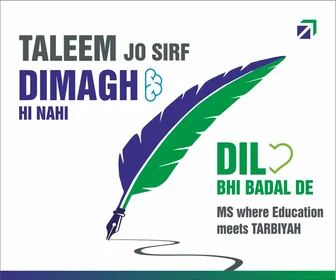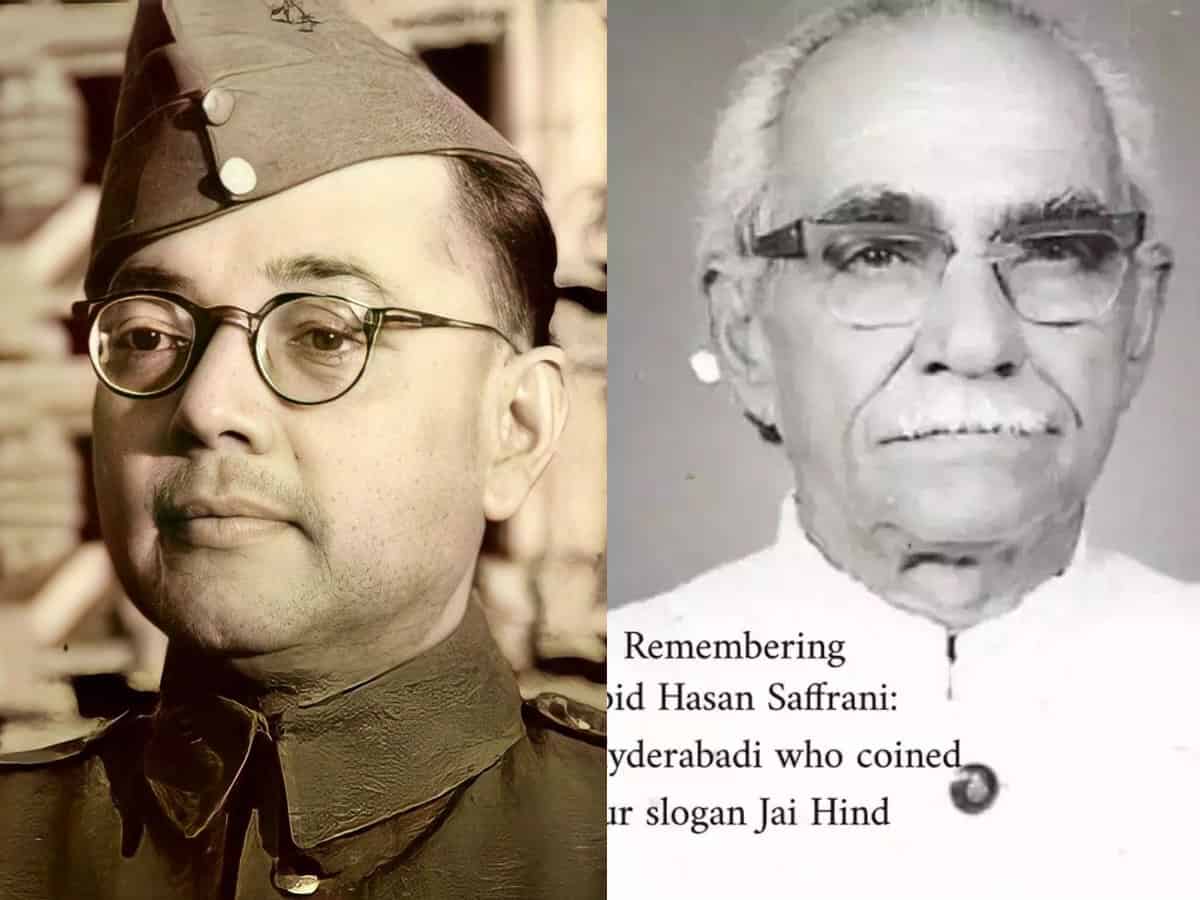
Hyderabad: Do you know that Mahatma Gandhi’s Young India was edited by a Hyderabadi? Maybe not.
Yes. It was edited by Badrul Hasan for some time.
This is an episode from the little-known history of India’s freedom struggle that was fought from the soil of Hyderabad State which at that time was ruled by the Nizam, Mir Osman Ali Khan.
Ordinarily, the history of Indian struggle in Hyderabad State is seen from the Hindu-Muslim binary. A large number of Muslims had come under the influence of the Majlis Party which later came under the leadership of Kasim Rizvi.
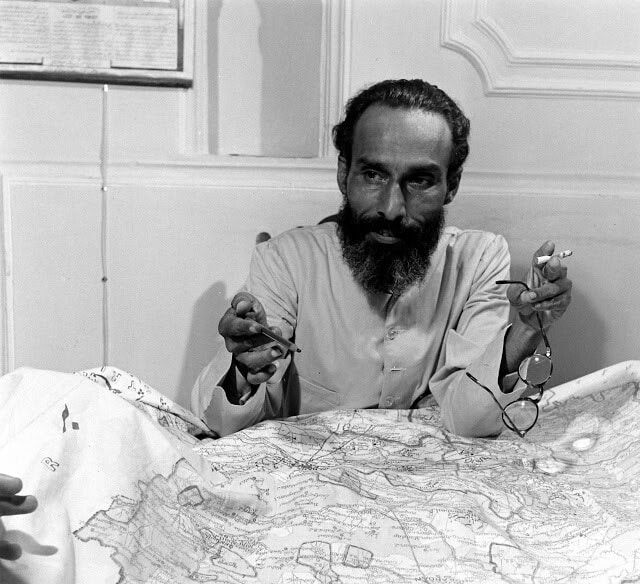
But there was also a section of the Hyderabad population that was under the influence of Congress and its leaders like Mahatma Gandhi, Jawaharlal Nehru, and Maulana Azad. The undeclared leader of this section was Sarojini Naidu, the first Hyderabadi to be sent to England for higher studies by the Nizam.
Badrul Hasan, a young Hyderabadi travelled to Gujarat and stayed at Gandhi ji’s ashram in Ahmedabad. In Ahmedabad, he used to stay at Sabarmati Ashram of Gandhi ji. During his connection with Gandhi ji he wrote a book Evil of Drugs and Alcoholism the preface of which was penned by the Mahatma.
This historic episode was shared by Ismat Mahdi, a well-known linguist from Hyderabad, to a small enthusiastic crowd of senior men, and women under the umbrella of Dobara, a city-based organisation. Mir Ayoob Ali Khan, a senior journalist, moderated the talk.
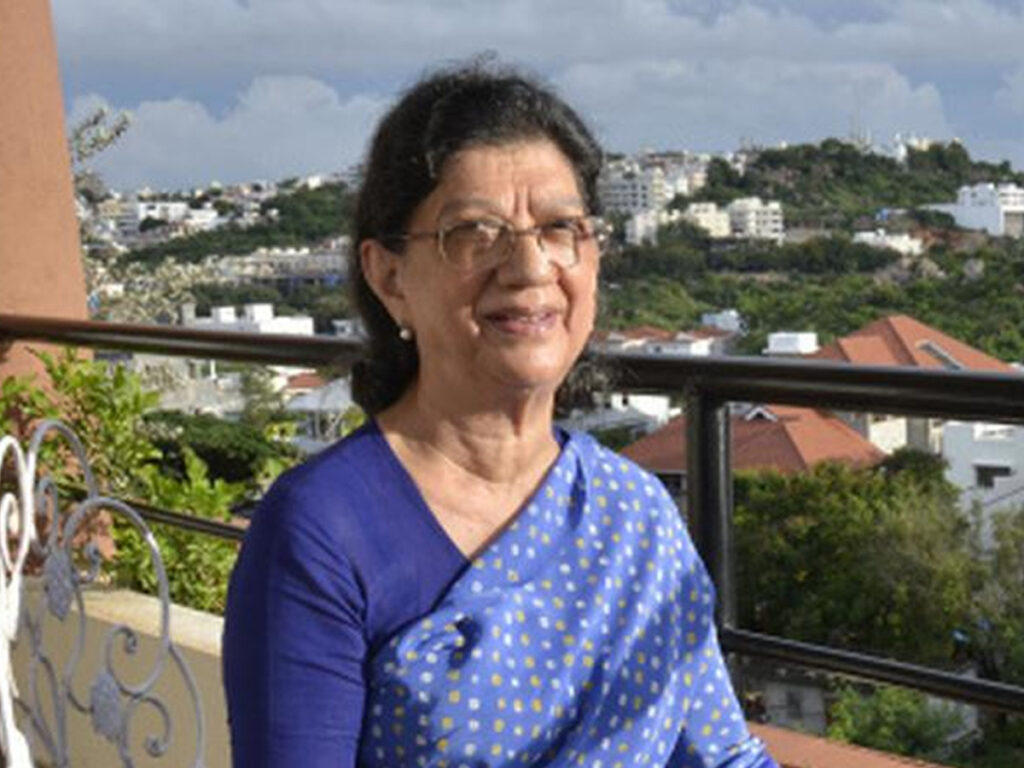
Another dimension of the talk was revealed by Mahdi. She said Badrul Hasan’s brother Abid Hasan who later came to be known as Abid Hasan Safrani was on the other side of the freedom struggle. He was with Netaji Subhash Chandra Bose.
One day Netaji went to meet the German Nazi leader Adolf Hitler to seek his assistance in carrying out the struggle against the British Raj. Hitler said they should go in a submarine up to Japan and from there they can choose their front to fight. They were handed over the Indian army men who were fighting under the British flag and had been arrested by the Nazis. The duo agreed.
There broke a debate over what colour the national flag of an Independent India should be. The Hindus said it should be all saffron. The Muslims, on the other hand, said it should all be Green. After a long heated debate, the Hindus proposed that one-third of the flag should be saffron, and one-third should be green. The one that should be run between the Saffron and Green should be white representing all other communities. Observing the sacrificing stance of the Hindus, Abid Hasan decided to add Safrani (of saffron) to his name and came to be known all his life as Abid Hasan Safrani.
Abid Hasan Safrani treated Ismat Mahdi, who was his niece, as her daughter. He wanted to adopt her formally but the Islamic law did not have any provision for that. In any case, Ismat Mahdi stayed and travelled with him wherever he was posted. And it is because of this long travelling life that she mastered French, Arabic, and English.
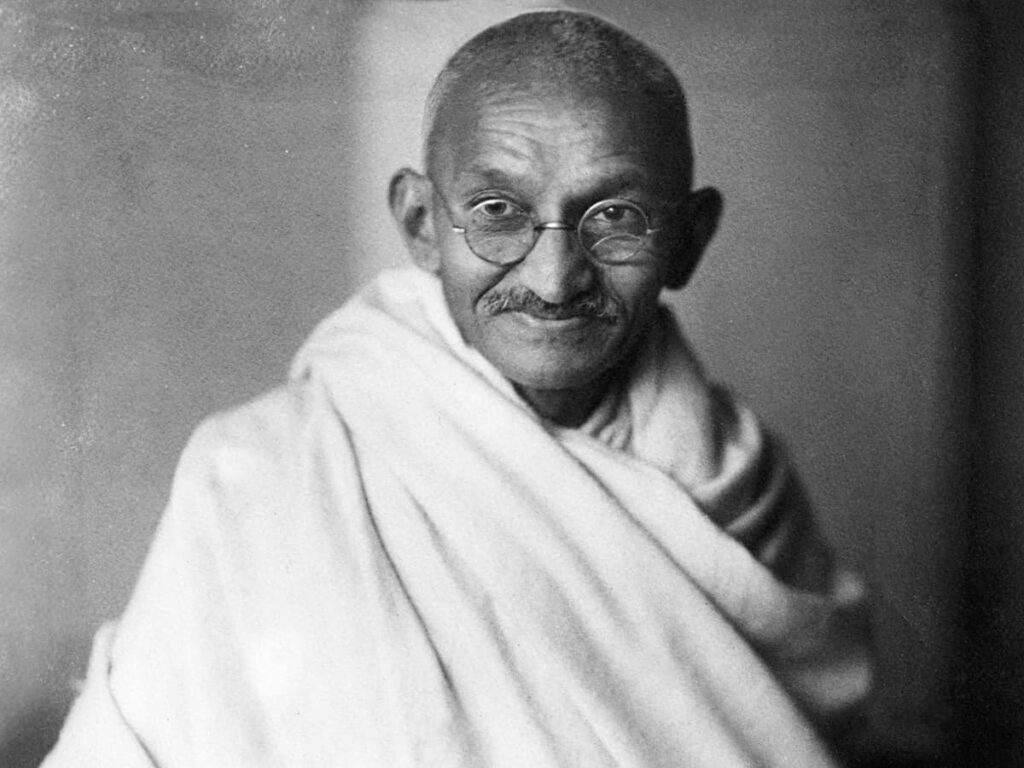
Her last government job was to teach Arabic at the Centre of English and Foreign Languages in Hyderabad. She is now the Managing Trustee of Sarvodaya International Trust which aims to propagate the ideals and values of Mahatma Gandhi among the youth.
Mir Ayoob Ali Khan is a senior journalist who has worked with the Times of India and Deccan Chronicle in Hyderabad in senior positions. He is now associated with the Siasat.com.

